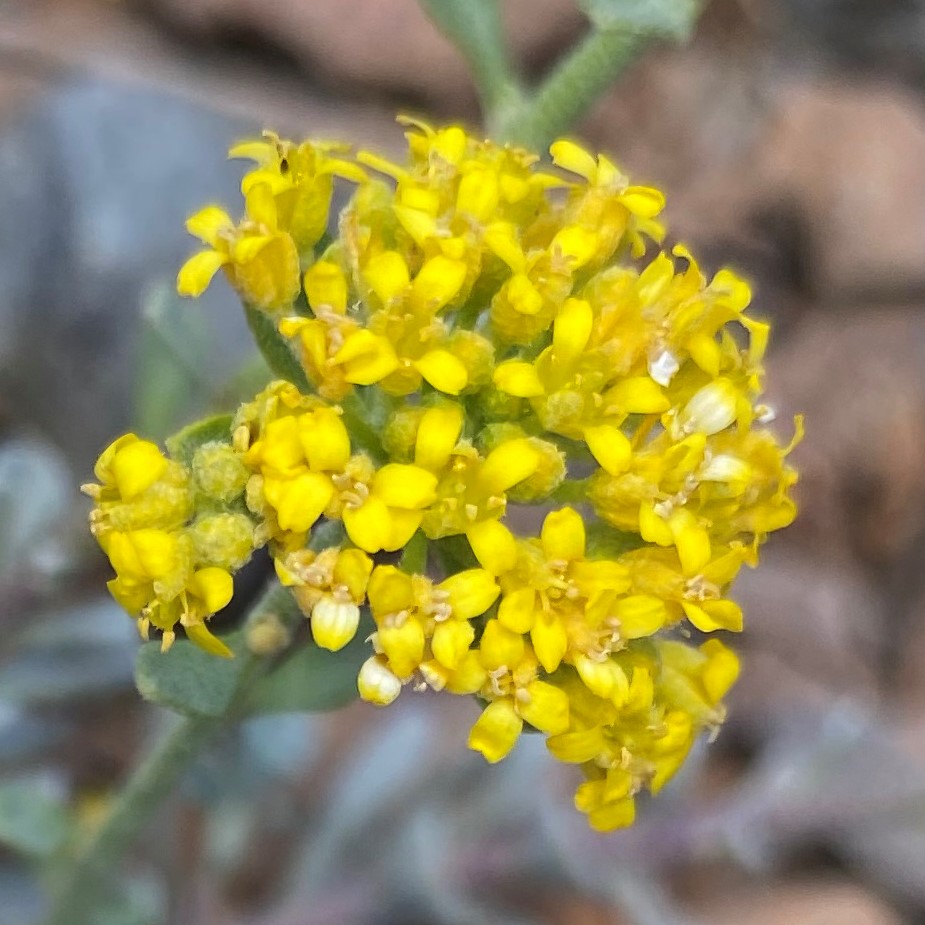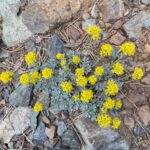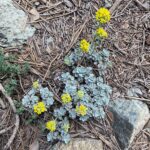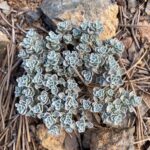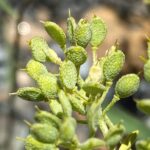Άλυσσον του Τροόδους
Etymology of Alyssum troodi: "Alysson" derives from Ancient Greek "ἄλυσσον" [alysson] from the prefix "-ά" meaning "without" + "λύσσα" meaning "rabies". Hence "ἄλυσσον" means "cure for rage". It basically refers to the ancient belief that this plant could cure madness. Latin "Troodi" means "of Troodos (Troodos mountains)", as it was discovered in the Troodos mountains.
Nine Alyssum species have been so far discovered in the Cypriot habitat.
Alyssum troodi is an indigenous and endemic plant, which is encountered at a high altitude of 1225–1950 in the Troodos Mountains range. Its flowering period is between May and July.
How to identify Alyssum troodi:
Alyssum troodi is similar to Alyssum cypricum, but the main obvious difference is that troodi has a single inflorescence on its stem, cypricum has multiple flowered branches on the stem.
Another difference is based on their leaves' shape. Alyssum troodi's leaves are wider (broadly obovate-spathulate) than cypricum's (narrowly obovate-spathulate).
Additionally, cypricum's silicle is sparsely stellate-pillose, about 4 mm long and 2.5 mm wide. On the contrary, troodi's silicle is glabrous, 7-8 mm long, 3-4 mm wide.
